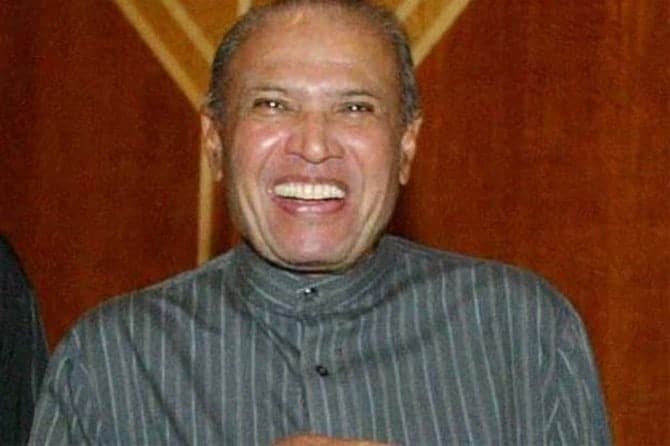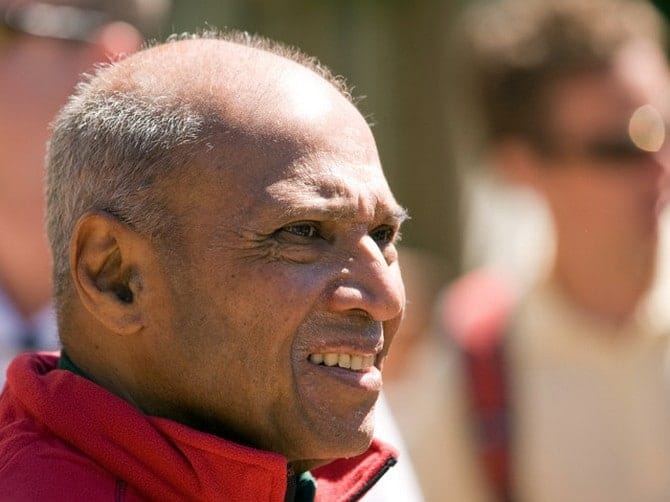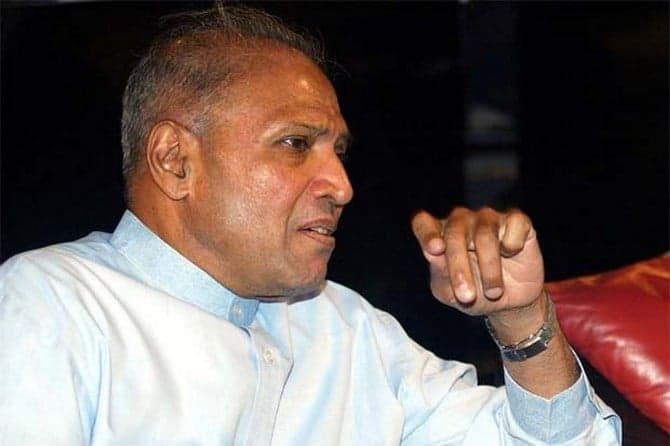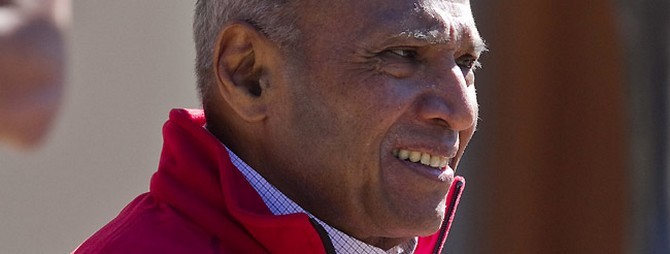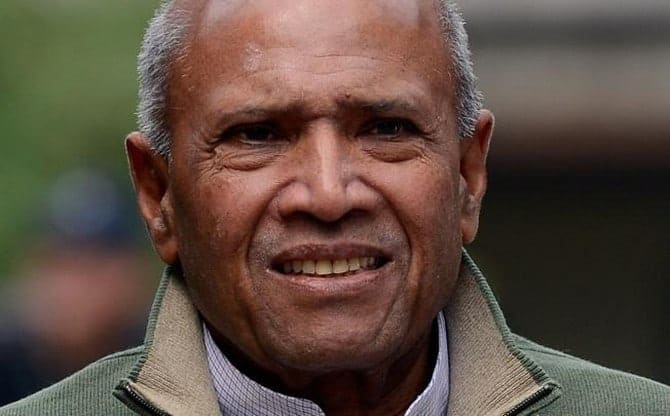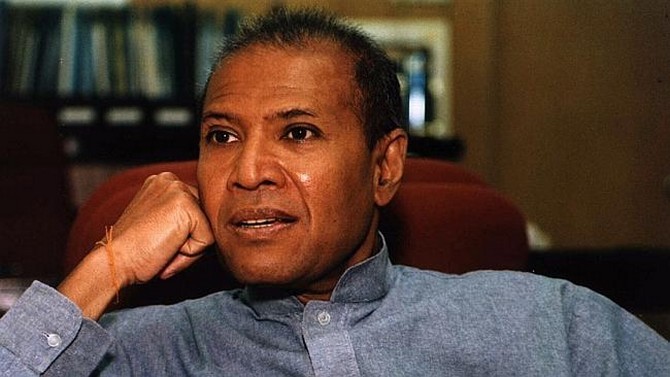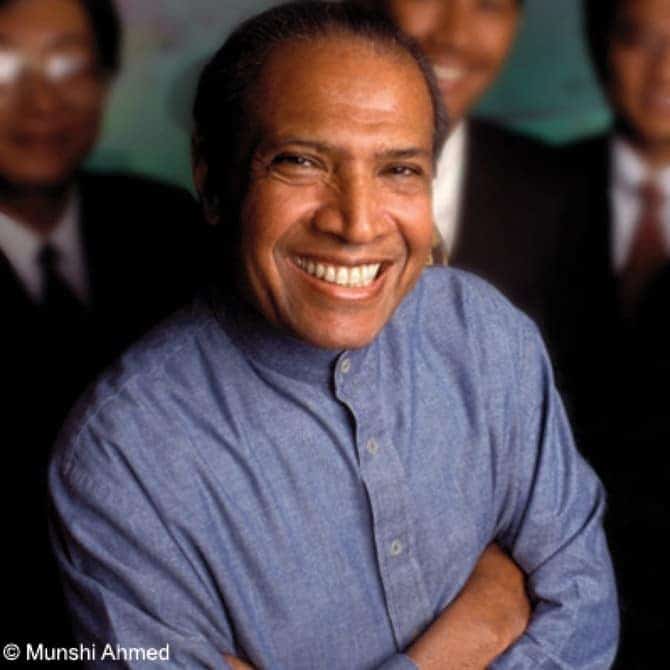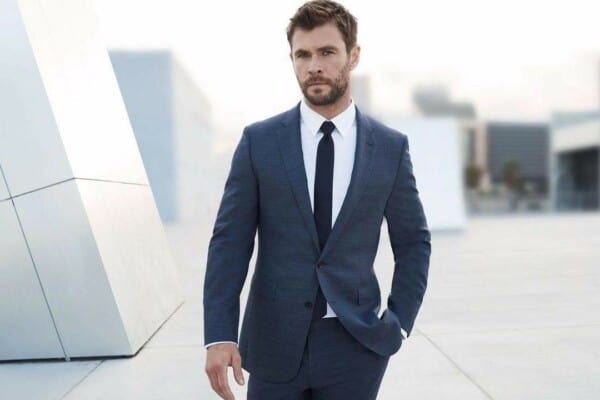With the full name Tatparanandam Ananada Krishnan, the businessman was born on the first of April 1938 in Brickfields, Kuala Lumpur. His parents spoke Tamil as the mother tongue and came from Sri Lanka.
Ananda (or simply A.K. as he was nicknamed) went to study at the Vivekananda Tamil School of Brickfields and then continued studies at the Victoria Institution of Kuala Lumpur. At the age of 17 he was admitted to the University of Melbourne, becoming the youngest Asian to be admitted.
He had a Colombo Plan scholarship and graduated in 1961, getting his B.A. in political science. At this time he was living in the Hawthorn suburb of Melbourne. Once college was done he continued his studies at the Harvard Business School and received his MBA in 1964.
With studies completed he entered the oil-trading business beginning to make a name for himself and amass some revenue (his first millions came through this venture) and after a decade he was one of the important persons that set up the state oil company of Malaysia Petroliam Nasional. The first entrepreneurial venture was called MAI Holdings Sdn. Bhd. And he created Exoil Trading which purchased oil drilling concessions throughout Asia.
While he was working with state officials he became a friend of the former Malaysian Prime Minister Mahathir Mohamed with whom he met in London during the 1970s. Mahathir was there after he was expelled from the Umno party and Ananda took a break in Europe after a failed venture.
The friendship was highly important since it allowed Krishnan to win licenses for telecommunications, broadcasting and satellite through the Binariang Company while Mahathir was ruling, between 1981 and 2003. Another perk of his friendship was the winning of a horse racing betting monopoly and concessions of power, putting him on the track to become a very rich man. He commented about the state of his connections saying that “in Asia personal relationships are important, but you cannot personalize diplomacy.”
The Kuala Lumpur City Center horse-racing track was created by Ananda in 1990 taking money from Petroliam Nasional, or Petronas as it is also known, to hire the architect Cesar Pelli to design the main pieces of the project which were two 88 floor towers entitled the Petronas Twin Towers. These were the tallest buildings in the world until 2004 when Taipei 100 broke their record. At this time he was beginning to diversify his portfolio by entering into multimedia.
Gradually he became the leader of an empire in multimedia but it all started when he helped organize the Live Aid concert with Bob Geldorf, during the 1980s. He owns Maxis Communications, MEASAT Broadcast Network Systems and SES World Skies with three communications satellites around the earth.
In 2002 he sold the 49% stake he had in the KLCC Holdings property firm to Petronas and it was reported that the stake was bought by the state for $290 million. He used around the same amount to buy the St. John’s Wood Barracks estate in London, creating a residential development in 2011 and he bought 50% stake at Hotel Des Bergues Geneva in 2005, taking the project from Prince Alwaleed.
His other ventures were to buy and sell companies for profit, privatizing Maxis, the leading communications service provider of Malaysia, in 2007 and sold shares to the mobile-phone operator two years later at what was the largest initial public offering in Southeast Asia.
In the multimedia business he signed an agreement with the Sun Network of India to produce TV channels for the Indian market in countries like the US, CIS and Western Europe as well as Web-based interactivity for the TV services. He is also one of the shareholders at TVB.com and the Shaw Brothers movie archives.
The Origin Energy company became one of his main interests in 2009 when he increased his stake in the liquefied natural gas venture located in Sydney since he was expecting an increased demand in Asia for cleaner-burning fuels.
He became the main owner of Astro All Asia Networks, Tanjong and Measat Global with the aid of his partners, paying $2.5 billion to buy the shares he didn’t already have in 2010 and then he relisted Astra All in October 2012 after he sold $1.5 billion worth of the shares he owned. The Tanjong gaming business was fueled by him with $700 million in 2011 and the power assets controlled through Tanjong were later sold in 2012 for the sum of $2.8 billion to 1MDB.
He went through a rough year in 2014 due to the drop in the shares of Bumi Armada, one of the oilfield services providers, and when the CEO of the company left in December 2014 there were rumors that he might be taking over. Despite some rough rides he is still considered to be the sixth richest man in Asia with a current net worth of $9.8 billion according to Forbes.
Most of his wealth comes from the 29% stake in Maxis, the largest mobile-phone company of Malaysia and he also controls 42% of the largest pay-TV firm of the country, Astro Malaysia and 35% of the Bumi Armada that we mentioned earlier and which is concerned with oil and gas services.
Other large ventures include the Aircel mobile phone company from India and there are a lot of real estate properties owned by him in the UK. The Hotel Des Bergues Geneva is another source of income and the liquefied natural gas ventures in Australia didn’t go up in the manner he expected but still bring him a profit.
He tries to keep his private life as private as he can; commenting that “I have heard some people say I have a low profile. Why should somebody by high profile, anyway? I am just doing my job”. We know he is married and has a son and a daughter. The daughter was formerly a doctor and now works as a filmmaker, while the son is living in Thailand and is a Buddhist monk. Most of his time is spent in the south of France with his wife and he occasionally visits Kuala Lumpur when business matters are urgent enough.

